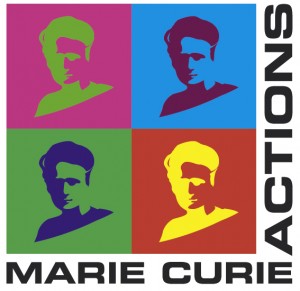The international team of researchers from the HiLASE Centre, Czech Republic, and the Max Planck Institute for Structure and Dynamics of Matter, Germany, has performed a theoretical study shedding light on the electron dynamics in crystalline semiconductors irradiated by ultrashort laser pulses. Based on first-principles time-dependent density functional theory (TDDFT) implemented on high power computers, the study provides deep insights on the ultrafast laser induced metallization of semiconducting materials. In their work, the scientists performed a comparison of the widely employed Keldysh theory of photoionization and the Drude model describing free carrier optical response with the data of the TDDFT simulations for a wide range of laser irradiation parameters. Although qualitatively a reasonable agreement was obtained, first principle simulations enable quantitative predictions of the photoionization rates and of the absorbed energy within and beyond the validity ranges of the analytical theories.
This work opens new routes for understanding laser-induced phenomena important for the development of novel applications in ultrafast photonics, the field where the band structure of materials can be engineered during their illumination by ultrashort laser pulses. The employed methodology can be used for smart choice of materials to achieve desired transient optical, electronic, and magnetic properties controlled by laser irradiation.
A joint paper on this subject has been recently published in a prestigious journal Physical Review B (Impact Factor of 4.036) of the American Physical Society.
 The “QuantumLaP” project has been approved by the
The “QuantumLaP” project has been approved by the